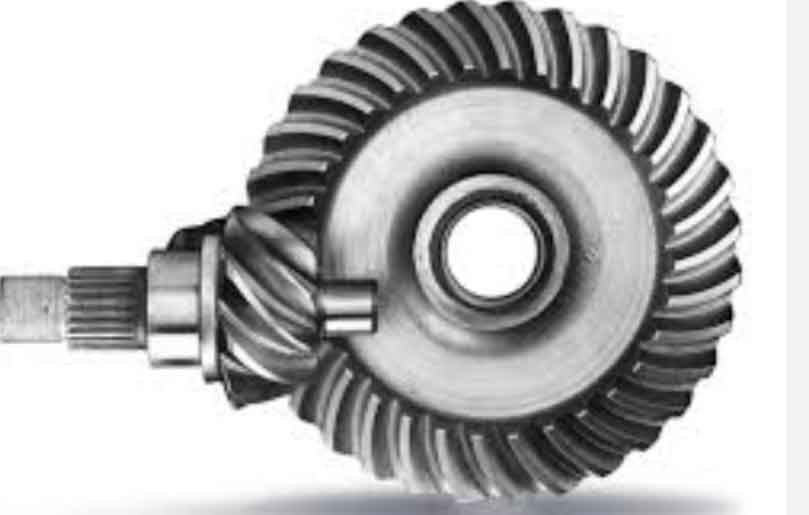
Hypoid gears are a specific type of bevel gears that have a hyperbolic shape and are used for power transmission in various mechanical systems. Unlike straight bevel gears, which have intersecting axes, hypoid gears have offset axes, allowing them to mesh with non-intersecting gear systems.
Mechanics of Hypoid Gears:
The design of hypoid gears involves complex mathematical calculations and specialized cutting techniques to create the hyperbolic shape. The teeth of hypoid gears are spiral in nature, which enables smoother and more gradual contact between the gear teeth during operation. This unique tooth geometry results in reduced noise and vibration compared to straight bevel gears, making hypoid gears ideal for applications that require quiet and smooth operation.
Hypoid gears are also designed to handle high torque and transmit power efficiently. The offset axes allow for a larger gear diameter and surface area, increasing the load-carrying capacity and torque capabilities of the gears. The tooth contact pattern of hypoid gears can be optimized to ensure uniform loading and reduce stress concentrations, further enhancing the gear’s mechanical performance.
Applications of Hypoid Gears:
Hypoid gears find applications in a wide range of industries and systems due to their unique features and advantages:
- Automotive Industry: One of the most common applications of hypoid gears is in automotive rear differentials, where they are used to transfer power from the engine to the wheels while allowing for a smooth change in direction. The offset design of hypoid gears also contributes to improved fuel efficiency and reduced noise in vehicles.
- Industrial Machinery: Hypoid gears are used in various industrial applications, such as heavy machinery, construction equipment, mining machinery, and agricultural equipment. Their high torque capacity and efficiency make them suitable for handling heavy loads and power transmission in industrial settings.
- Robotics: Hypoid gears are increasingly being used in robotics and automation systems to provide precise and reliable motion control. Their smooth operation and compact design are well-suited for robotic applications where space constraints are a consideration.
- Aerospace: In the aerospace industry, hypoid gears are utilized in systems that require power transmission with minimum noise and vibration. They are employed in helicopter rotor drives, aircraft landing gear mechanisms, and other critical aerospace components.
- Marine Propulsion: Hypoid gears are used in marine propulsion systems to transmit power from engines to propellers, providing efficient and reliable power transmission in marine vessels.
- Wind Turbines: Hypoid gears are also found in wind turbine systems, where they help transfer power from the wind turbine rotor to the generator, allowing for efficient energy conversion.
The mechanics of hypoid gears and their versatility in various applications have made them an essential component in modern engineering, providing efficient and reliable power transmission solutions for a wide range of industries and systems.
